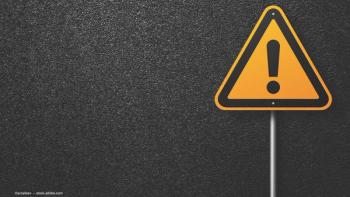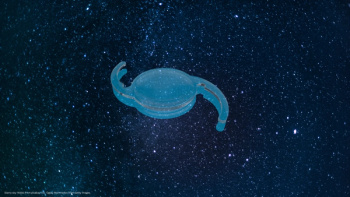
Presbyopia: is the solution found in aberration manipulation?
In recent years, excimer laser refractive surgery has provided solutions for myopia, astigmatism and hyperopia and now it is also taking on the challenges presented by presbyopia.
This second method of presbyopia correction uses manipulation of the spherical aberration to obtain an aspheric cornea, the characteristics of which include:
By exploiting our new insights into the optical characteristics of the eye, gained from aberrometry, we can now propose a possible solution to the correction of presbyopia.
We now know that accommodation in young eyes induces an increase in spherical aberration. We also know that accommodation is lacking or non-existent in the presbyopic eye. Hence, presbyopes do not experience an increase in spherical aberration.
Putting the theory into action
Based on this theory, we present the results of a study where we employed the second method of presbyopia correction as described above. We used excimer laser ablation and manipulation of spherical aberration with the Carl Zeiss Meditec platform for custom ablation - CRS-Master with special shotfiles - and we named this the Bartoli/Zeiss-Method. After signing a specific informed consent form, all patients were operated on by the same surgeon (Franco Bartoli). Selection criteria were those commonly used for photorefractive keratectomy (PRK), i.e. a defect ranging from +3.5 D to -10.00 D, and, obviously, the presence of presbyopia. The same surgeon performed all preoperative refraction measurements; even a minimal error (±0.5 D) could affect the success and accuracy of the procedure.
We adopted the PRK technique with mechanical removal of the corneal epithelium and excimer laser ablation with the MEL 80 excimer laser and CRS Master software (Carl Zeiss Meditec, Germany). The MEL 80 excimer laser, in standard treatment mode, incorporates aspheric-based profiles containing a Prolate Optimization Function (POF) designed to reduce the induction of negative spherical aberration (Malacara notation).
Surgery was performed on both hyperopic and myopic eyes and the custom settings were manipulated in order to induce positive spherical aberrations and hence improve near vision. To shift the spherical aberration into the plus range, we needed additional Z(4,0) correction, which was provided by the CRS-Master with special shotfiles loaded onto the laser via the USB port.
Newsletter
Get the essential updates shaping the future of pharma manufacturing and compliance—subscribe today to Pharmaceutical Technology and never miss a breakthrough.













































